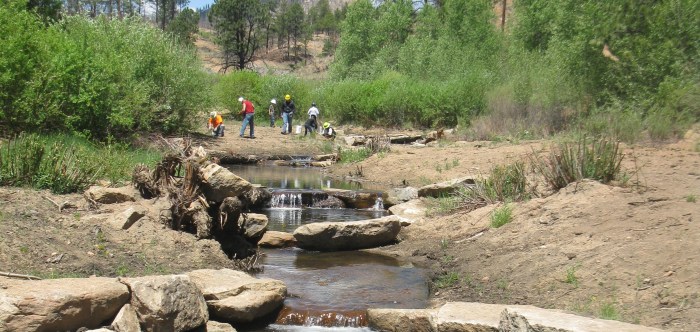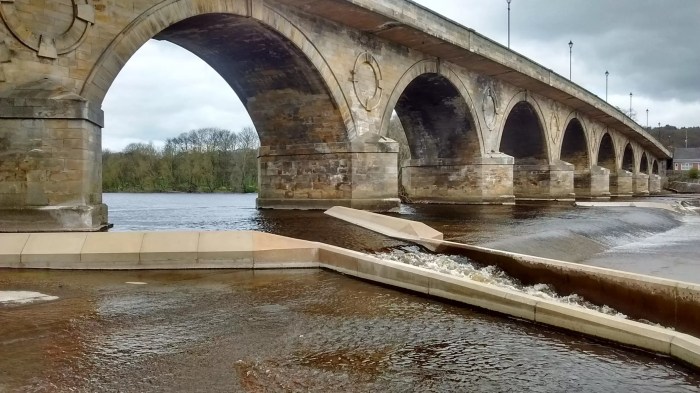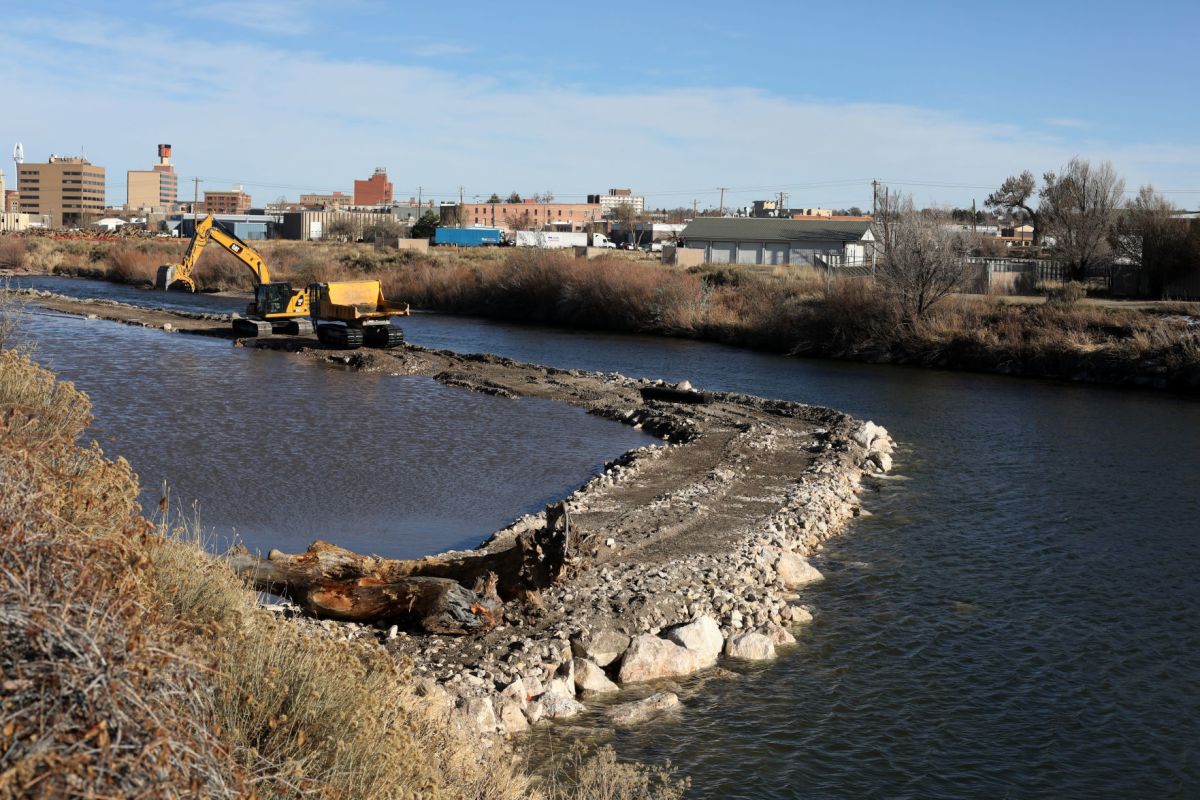How was the Cotley River restoration fixed? This comprehensive guide delves into the intricate details of the Cotley River restoration project, exploring the restoration timeline, techniques employed, environmental impact assessment, community involvement, funding and resources, monitoring and evaluation methods, and much more.
Join us as we uncover the secrets behind this remarkable restoration success story.
The Cotley River, once a neglected waterway, has been transformed into a thriving ecosystem teeming with life. This transformation is a testament to the dedication and expertise of the individuals and organizations involved in its restoration. As we delve into the details of this project, we will uncover the innovative techniques, sustainable approaches, and community engagement strategies that made it a resounding success.
Cotley River Restoration

The Cotley River restoration project aimed to improve the ecological health and biodiversity of the river and its surrounding ecosystem. The restoration efforts were conducted in several stages, beginning with planning and assessment, followed by implementation, and finally monitoring and evaluation.
Restoration Timeline, How was the cotley river restoration fixed
* 2010:Planning and assessment phase commenced, including environmental impact assessment and stakeholder engagement.
2012
Implementation phase initiated, involving habitat enhancement measures, riparian vegetation planting, and water quality improvement strategies.
2016
Restoration project completed, with ongoing monitoring and evaluation to track progress and ensure long-term sustainability.
Restoration Techniques
The restoration project employed various techniques to improve the river’s health and biodiversity, including:* Riparian Vegetation Planting:Native plant species were planted along the riverbanks to stabilize the soil, reduce erosion, and provide habitat for wildlife.
Habitat Enhancement
In-stream structures, such as riffles and pools, were created to increase habitat diversity and improve fish passage.
Water Quality Improvement
Measures were implemented to reduce pollution and improve water quality, including stormwater management and wastewater treatment upgrades.
Environmental Impact Assessment
The Cotley River restoration project had several positive environmental impacts, including:* Improved Water Quality:Restoration efforts reduced pollution and improved water quality, benefiting aquatic life and enhancing the river’s aesthetic appeal.
Increased Biodiversity
Habitat enhancement measures and riparian vegetation planting created diverse habitats, leading to an increase in plant and animal species in the river and its surroundings.
Enhanced Flood Control
Riparian vegetation and in-stream structures helped mitigate flooding by slowing down water flow and reducing erosion.
Answers to Common Questions: How Was The Cotley River Restoration Fixed
What were the key challenges faced during the Cotley River restoration project?
The Cotley River restoration project faced several challenges, including securing funding, engaging the local community, and overcoming technical difficulties associated with the river’s unique characteristics. However, through careful planning, innovative problem-solving, and strong community partnerships, these challenges were successfully addressed.
How has the Cotley River restoration project impacted the surrounding ecosystem?
The Cotley River restoration project has had a profound impact on the surrounding ecosystem. The improved water quality has led to an increase in biodiversity, with a wider variety of fish, birds, and other wildlife now thriving in the river.
The restored riparian vegetation has stabilized the riverbanks, reduced erosion, and created valuable habitat for wildlife.
What lessons can be learned from the Cotley River restoration project?
The Cotley River restoration project offers valuable lessons for future restoration efforts. The importance of community engagement, innovative problem-solving, and long-term monitoring was clearly demonstrated throughout the project. The project also highlighted the need for a holistic approach to restoration, considering not only the physical aspects of the river but also the social and economic factors that influence its health.

